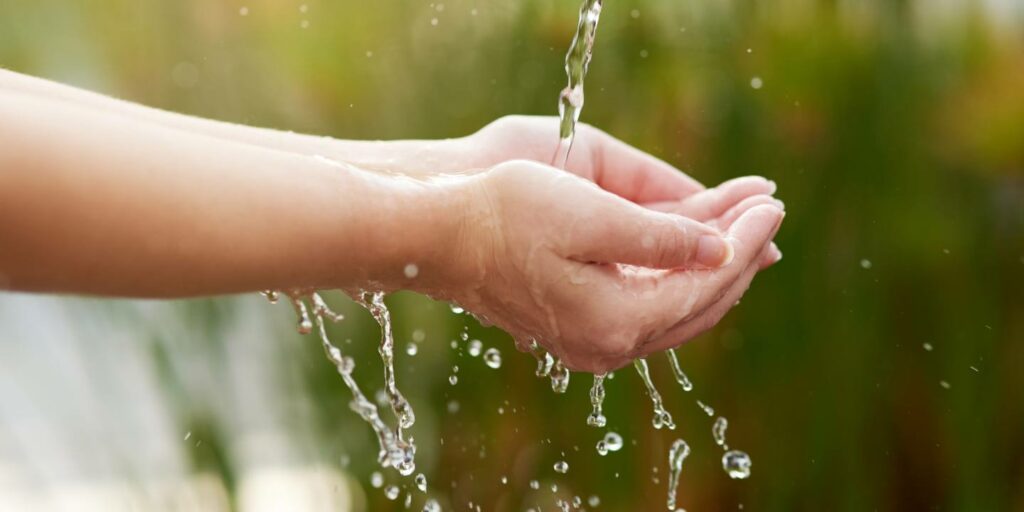It’s as if mother nature chose the exact time when World Water Week (August 23 – September 1) is observed to sound the alarm about just how precarious our global fresh water situation currently is. A quick look at August headlines is startling. There are stories about centuries-old statues emerging out of the Yangtze, dinosaur prints showing up in dried up Texas rivers, Nazi ships and lost cities revealing themselves in Europe, and draught making the Rhine impassable.

Beyond the headlines, a hard reality is revealed that nature is doing its thing to respond to the crisis and businesses should not wait until the problems are closer to home. The problems are already here, and if a business doesn’t listen to nature’s hints, governments will put in restrictions and regulations which will be much stricter and tougher to implement.
The Biggest Threats to Our Fresh Water Sources
Two threats stand out as the biggest culprits of the damage done to our fresh water systems. The biggest one of course is climate change, followed by industrial pollution. The headlines above speak volumes about the fact that climate change is no longer a controversial issue, and this is just the beginning. Research shows that more trouble is on the way:
- Melting of Himalayan glaciers may cause water shortages for approximately 1.3 billion people in some of the most populated countries in the world including China, India, and Pakistan.
- Climate change is influencing the water cycle which controls where, when, and how much precipitation falls. Causing draughts, floods, landslides, and endangering the lives of millions of people.
But while climate change in a way is the result of the success of our species, attributable to industrial revolution and the prosperity it brought to billions of people, we can hardly say that about industrial pollution. This threat to our freshwater systems is purely the result of greed. It is caused by corporations using public sources of freshwater, using them up and poisoning them in industrial processes, and then discharging them back into the ecosystem oftentimes without properly treating them. Here are some staggering facts about water crises caused by industrial pollution:
- According to a UN report, in some developing countries, 70 percent of industrial wastes are dumped untreated into streams and rivers.
- Textile production is estimated to be responsible for about 20% of global clean water pollution from dyeing and finishing products.
For many years governments were unwilling to stand up to powerful corporations and put a stop to these practices. With the freshwater crisis accelerating, things are finally starting to change. Governments around the world, even in regions where development trumped everything else for many years, are putting in place stricter regulations regarding water use and water treatment requirements. The world over we are starting to realize the true value of water.
Textile Industry Must Accelerate Adoption of Sustainable Solutions
Whether the deciding factor will be governmental regulations or the simple fact that water is scarce, industries around the world will have to adapt to a world where water usage is very expensive (if at all available). The textile industry specifically, for many years one of the most water hungry industries, will have to implement new ways of doing business.
Especially when it comes to dyeing and coloration, the old water intensive processes must be replaced by new methods and solutions. The good news is that these solutions already exist, our own NTX Cooltrans, state of the art waterless dyeing & printing technology being one of them. These low carbon coloration technologies are already proving to be economically sustainable and the cost comparison against traditional methods is becoming more favorable as we realize the true value of water, true costs of energy usage, and true costs of inefficient coloration methods.

